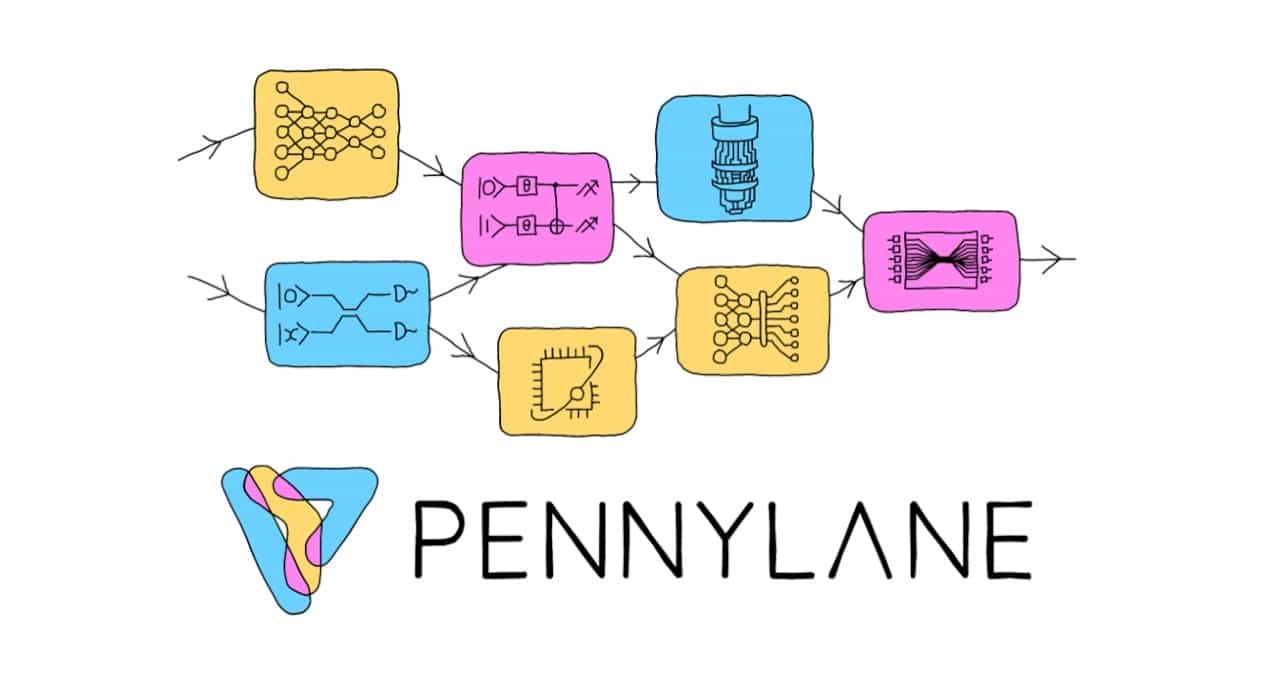Ten miles in from Lengthy Island’s Atlantic coast, Shinjae Yoo is revving his engine.
The computational scientist and machine studying group lead on the U.S. Division of Power’s Brookhaven Nationwide Laboratory is one in every of many researchers gearing as much as run quantum computing simulations on a supercomputer for the primary time, because of new software program.
Yoo’s engine, the Perlmutter supercomputer on the Nationwide Power Analysis Scientific Computing Middle (NERSC), is utilizing the newest model of PennyLane, a quantum programming framework from Toronto-based Xanadu. The open-source software program, which builds on the NVIDIA cuQuantum software program improvement package, lets simulations run on high-performance clusters of NVIDIA GPUs.
The efficiency is essential as a result of researchers like Yoo have to course of ocean-size datasets. He’ll run his applications throughout as many as 256 NVIDIA A100 Tensor Core GPUs on Perlmutter to simulate about three dozen qubits — the highly effective calculators quantum computer systems use.
That’s about twice the variety of qubits most researchers can mannequin as of late.
Highly effective, But Straightforward to Use
The so-called multi-node model of PennyLane, utilized in tandem with the NVIDIA cuQuantum SDK, simplifies the complicated job of accelerating huge simulations of quantum programs.
“This opens the door to letting even my interns run a few of the largest simulations — that’s why I’m so excited,” stated Yoo, whose staff has six tasks utilizing PennyLane within the pipeline.

His work goals to advance high-energy physics and machine studying. Different researchers use quantum simulations to take chemistry and supplies science to new ranges.
Quantum computing is alive in company R&D facilities, too.
For instance, Xanadu helps corporations like Rolls-Royce develop quantum algorithms to design state-of-the-art jet engines for sustainable aviation and Volkswagen Group invent extra highly effective batteries for electrical vehicles.
4 Extra Initiatives on Perlmutter
In the meantime, at NERSC, at the very least 4 different tasks are within the works this yr utilizing multi-node Pennylane, in accordance with Katherine Klymko, who leads the quantum computing program there. They embrace efforts from NASA Ames and the College of Alabama.
“Researchers in my discipline of chemistry wish to examine molecular complexes too massive for classical computer systems to deal with,” she stated. “Instruments like Pennylane allow them to prolong what they’ll at the moment do classically to organize for finally working algorithms on large-scale quantum computer systems.”
Mixing AI, Quantum Ideas
PennyLane is the product of a novel concept. It adapts common deep studying strategies like backpropagation and instruments like PyTorch to programming quantum computer systems.
Xanadu designed the code to run throughout as many sorts of quantum computer systems as potential, so the software program acquired traction within the quantum group quickly after its introduction in a 2018 paper.
“There was engagement with our content material, making cutting-edge analysis accessible, and other people acquired excited,” recalled Josh Izaac, director of product at Xanadu and a quantum physicist who was an writer of the paper and a developer of PennyLane.
Requires Extra Qubits
A typical touch upon the PennyLane discussion board as of late is, “I need extra qubits,” stated Lee J. O’Riordan, a senior quantum software program developer at Xanadu, answerable for PennyLane’s efficiency.
“Once we began work in 2022 with cuQuantum on a single GPU, we acquired 10x speedups just about throughout the board … we hope to scale by the top of the yr to 1,000 nodes — that’s 4,000 GPUs — and that would imply simulating greater than 40 qubits,” O’Riordan stated.
Scientists are nonetheless formulating the questions they’ll handle with that efficiency — the sort of drawback they wish to have.
Firms designing quantum computer systems will use the increase to check concepts for constructing higher programs. Their work feeds a virtuous circle, enabling new software program options in PennyLane that, in flip, allow extra system efficiency.
Scaling Nicely With GPUs
O’Riordan noticed early on that GPUs have been the very best automobile for scaling PennyLane’s efficiency. He co-authored final yr a paper on a way for splitting a quantum program throughout greater than 100 GPUs to simulate greater than 60 qubits, cut up into many 30 qubit sub-circuits.

“We wished to increase our work to even bigger workloads, so once we heard NVIDIA was including multi-node functionality to cuQuantum, we wished to help it as quickly as potential,” he stated.
Inside 4 months, multi-node PennyLane was born.
“For a giant, distributed GPU venture, that was an awesome turnaround time. Everybody engaged on cuQuantum helped make the mixing as simple as potential,” O’Riordan stated.
A Xanadu weblog particulars how builders can simulate large-scale programs with greater than 30 qubits utilizing PennyLane and cuQuantum.
The staff remains to be amassing knowledge, however up to now on “sample-based workloads, we see virtually linear scaling,” he stated.
Or, as NVIDIA founder and CEO Jensen Huang may say, “The extra you purchase, the extra you save.”


